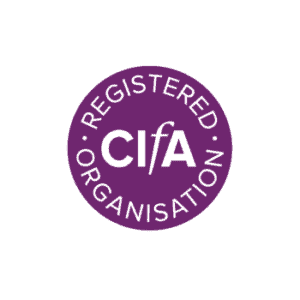 AMS
AMSFulachtaí Fia at Listowel
Five burnt mounds, also referred to as fulachtaí fia, were discovered along the route of the bypass. Burnt mounds are the most common prehistoric site type in Ireland.
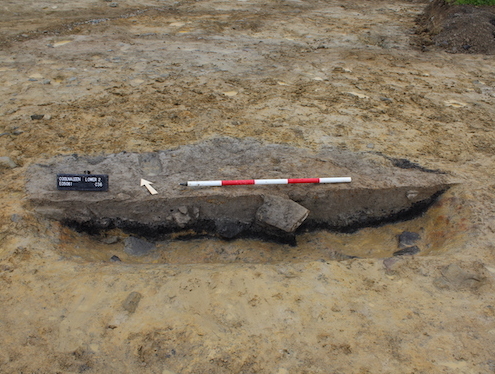 AMS
AMSMaking Medieval Charcoal
At Coolnaleen Lower we found several charcoal-production kilns. Charcoal was an important fuel for metalworking in the past.
 AMS
AMSPalaeo-environmental Coring
As part of the archaeological investigations for the N69, palaeoenvironmental specialists Carlos Chique and Karen Molloy from NUIG took a pollen core from Derra West Bog.
 AMS
AMSFrom the Bog
/
0 Comments
In the townland of Gortcurreen, a group of worked timbers and the remains of a stave-built wooden vessel were discovered within the peat.
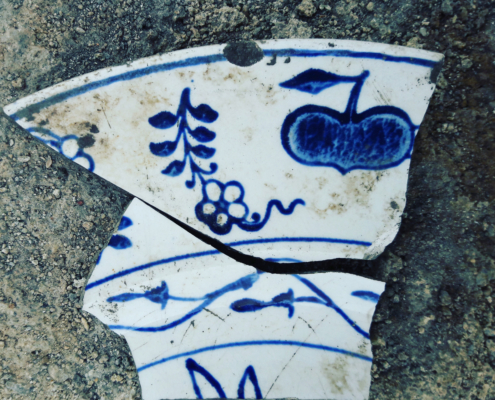
An Old House at Curraghatoosane
At Curraghatoosane we found the remains of a traditional thatched house that was occupied from the early nineteenth century until the 1950s.
 AMS
AMSPalaeobotany near Ballaghcullia
Palaeobotanists study the plants that grew in the past. Palaeobotanists from National University of Ireland Galway (NUIG) visited Roscommon last summer and took a core from a bog near Ballaghcullia.
 AMS
AMSNeolithic Axe
Archaeologists working at Shankill found a Neolithic stone axehead that is over 5,000 years old and was made from a very specific type of stone called Langdale tuff.
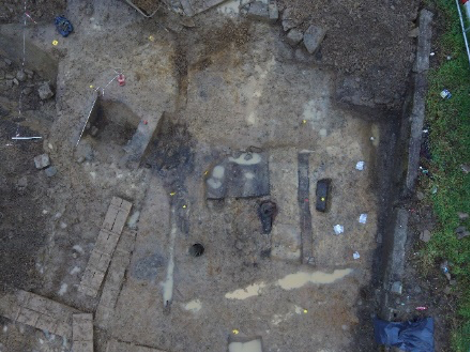
Metal Working at Shankill
At Shankill, a site reputably founded by St Patrick, archaeologists have uncovered traces of early medieval agriculture, burial and a forge.
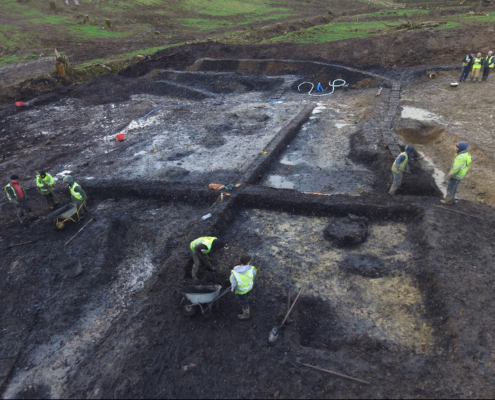 AMS
AMSFulachtaí Fia (Burnt Mounds)
Burnt mounds, or fullachtaí fia, are one of the commonest types of sites found by archaeologists working on projects in Ireland.
 AMS
AMSMedieval Coin at Gortnacrannagh
Gortnacranagh is a medieval site. These coins date from the era of Edward I or II. This coin is a silver penny.


